Ice Box Murders: Is JFK's Assassination Linked to the Deaths of a Couple Whose Heads Were Found in a Fridge?
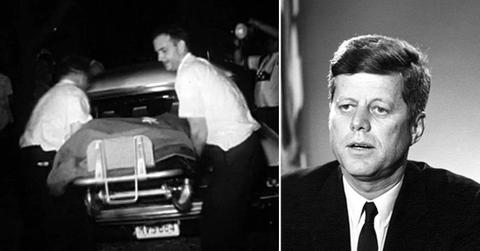
May 26 2024, Published 9:01 a.m. ET
June 23, 1965, was a regular day in Houston for police officer C.M. Bullock. The Cold war continued and the Cuban Missile Crisis brought the world to the brink just three years before, and Texas knew better than anybody the biggest tragedy during the "swinging Sixties."
President John F. Kennedy was assassinated in Dallas in November of 1963. Still, this was a world away from Bullock's duties, and such things were likely far from his mind as he parked his cruiser outside the home of Fred Rogers, 81, and his wife Edwina, 79.
Little could he have suspected the horror that he was about to uncover.
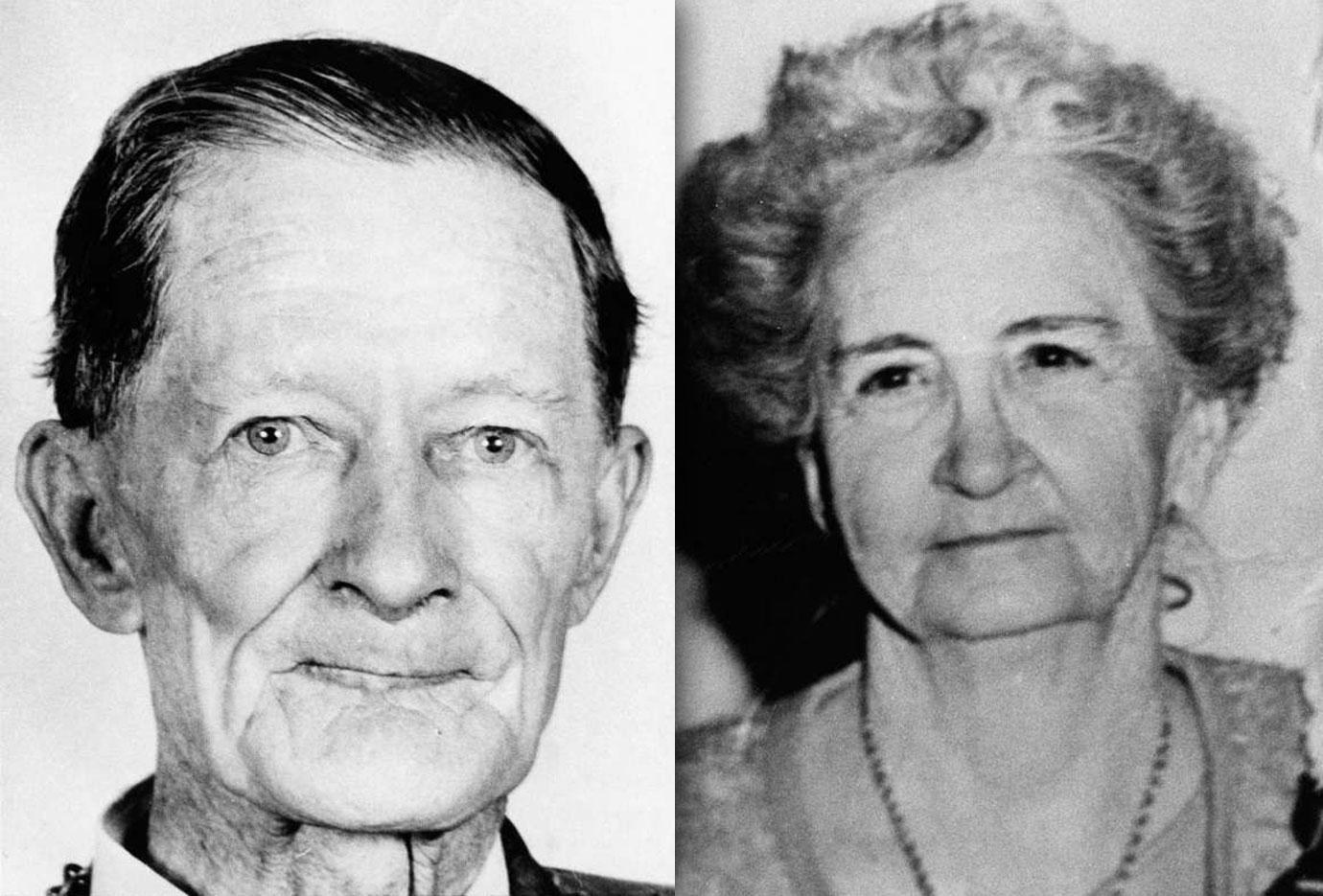
Fred and Edwina Rogers
The couple lived at 1815 Driscoll in the Montrose area outside Houston and were reclusive. They hadn't answered the phone for some days, and Edwina's nephew Marvin decided to check on them.
He found the house locked and with the blinds down. Concerned, he raised the alarm with the police. Bullock was tasked with the welfare check alongside his partner, L.M. Barta. It was around 9 p.m., and after they received no response at the door, they decided to go around the back and found that the rear door had been wedged shut from the inside with heavy flowerpots. They pushed their way in.
Inside, the home was something of a mess, but Marvin insisted this was normal, with the elderly couple perhaps unable to keep the house as proud as they once had. Moving through the home and finding nothing amiss, it at first appeared the couple had simply vanished. There was food uneaten on the table, giving the house an eerie quality.
Bullock decided to check the refrigerator, later saying that he wasn't quite sure why. Something perhaps instinctively gravitated him toward it. Everything was in date, and nothing seemed wrong except the peculiar amount of meat that filled every shelf. Even for Texas, it seemed excessive.

Icebox in the home of the Rogers
While Bullock thought it unusual, he guessed somebody had simply slaughtered a hog. He was about to close the door when something caught his eye in the vegetable bin. It was the severed heads of Fred and Edwina Rogers. Far from being a hog, the meat was actually the dismembered remains of the couple.
"I didn't know immediately what it was. Just as I was closing the door, I saw the heads through the clear glass of the vegetable bin," Officer Bullock told the Lakeland Ledger years later.
A PRIME SUSPECT
Both Fred and Edwina died a violent death before ending up in the fridge. Fred was beaten to death with a claw hammer, and his eyes gouged out. Edwina, meanwhile, was punched and shot in the head.
The dismemberment took place in the bathroom, with only the heads, legs and torsos found inside the house. The arms were never recovered, yet there was no evidence of cannibalism at the scene.
While most of the house had been thoroughly cleaned, small trails of blood from the bathroom led to an attic bedroom in the house, that of the Rogers' son, Charles, then 43. Inside his room, they found clothing, the hot plate he did his cooking on, a kettle, dishes, ham radios, and most importantly, a blood-stained saw. Charles had already fled
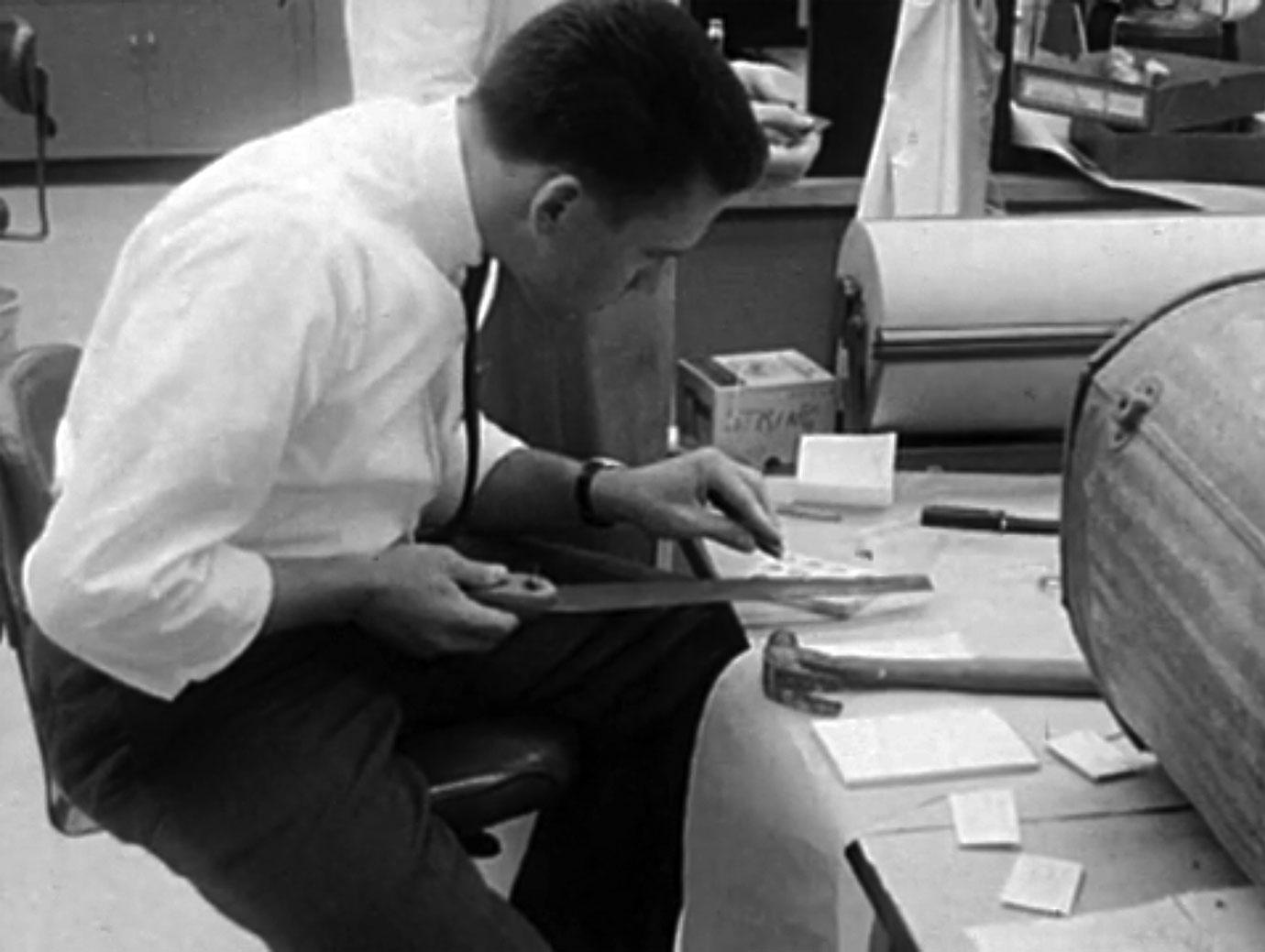
Few in the neighborhood even knew Charles Rogers existed. He was possibly even more reclusive than his parents. He awoke before dawn and spent the entire day out of the house before returning at night. His communication with his parents came via notes pushed back and forth under his bedroom door, even though Charles actually owned the house.
Interviewed after the killings, a family maid believed Edwina hadn't even seen her son for five years, and the peculiar nature of the entire arrangement was only strengthened by the idea that he spent his days outside, he had no job. Nobody could say where exactly it was that he was going during his days.
However, that isn't to suggest that Charles was any kind of a drifter. In fact, he was brilliant.
Rogers at one time attended Texas A&M University, but dropped out and instead attended the University of Houston and earned a degree in nuclear physics. During World War II, he had been a pilot with the US Navy and served with the Office of Naval Intelligence. He spoke seven languages. Indeed, it appeared his life would be one of success and affluence, working as a seismologist for Shell Oil where his ability to find gas, oil and gold. Then in 1957, he quit.
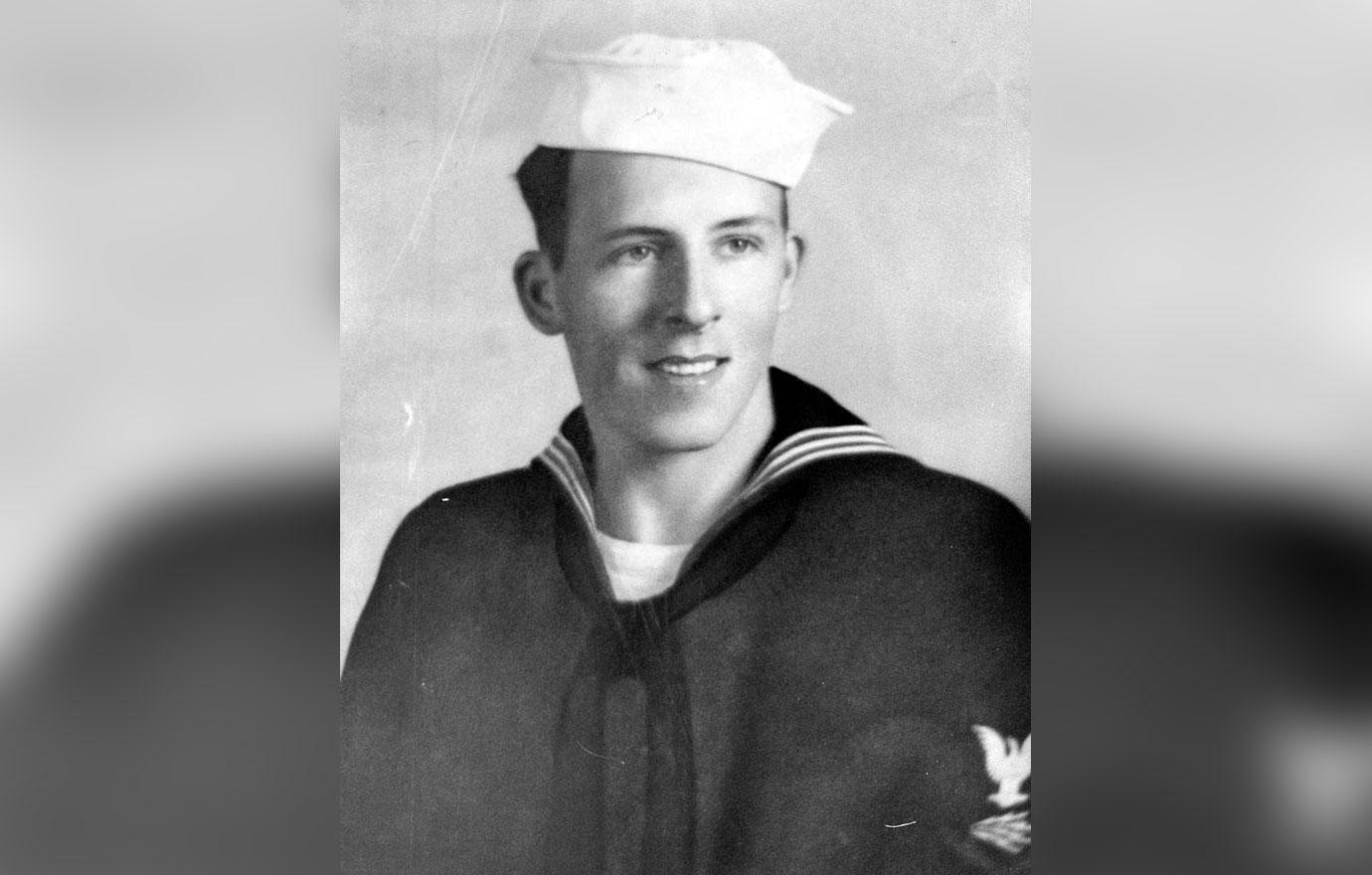
Charles Frederick Rogers
Nobody quite knows what happened in '57 that caused Charles to move back home and eventually end up hidden away in the attic. It seems likely that a severe bout of untreated and prolonged mental illness may have been the cause, with Fred Rogers said to have been abusive to his son during childhood.
Police ascertained the killings took place three days before their discovery on June 20, Father's Day, leading to the theory that Charles had finally had his bloody revenge. However, it isn't the only theory in the case, with some speculating that Charles Rogers had actually been a CIA agent. His résumé would undoubtedly have made him appealing to Langley. Not long after he joined the Civil Air Service in the mid-1950s, he met a man by the name of David Ferrie who would be central to many conspiracy theories surrounding the assassination of President Kennedy.
TIES TO THE CIA?
The link between Ferrie and Rogers would be explored in John R. Craig and Philip A. Rogers' 1992 book "The Man on the Grassy Knoll." The book suggests Charles Rogers both worked for the CIA and had killed his parents when he discovered monitored his phone calls; his mother also discovered a diary that implicated him in the JFK assassination.
Afterward, he was spirited away and continued to work for the agency until the mid-1980s, being part of the Iran-Contra program.
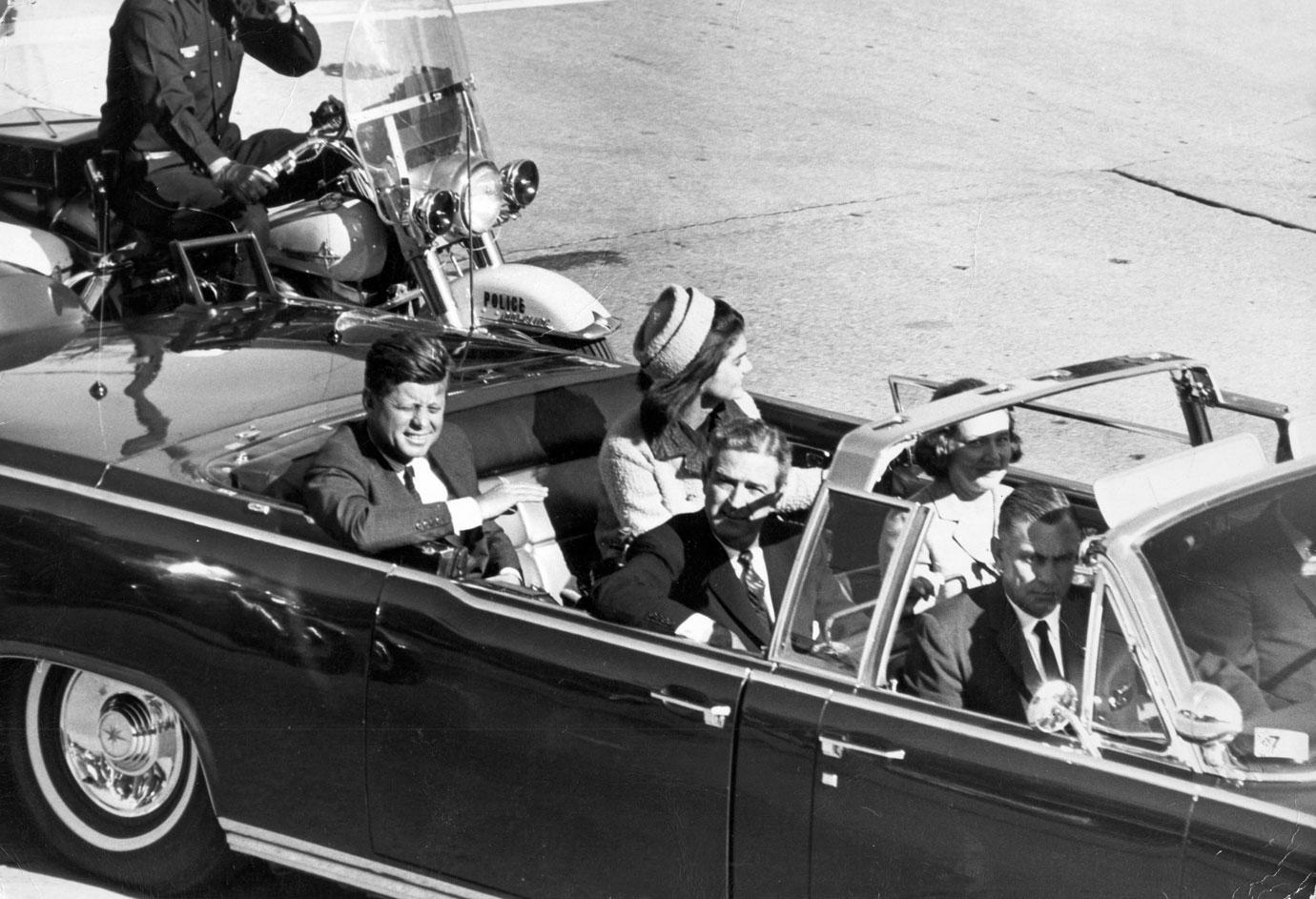
President John F. Kennedy in Dallas November 22, 1963.
According to the theory, Charles initially was recruited as a contract agent and passed information back and forth between Latin America and Langley, his cover of being an oilman. In 1957, he became a full-time operative following his resignation from Shell and again worked in Latin American operations, accumulating powerful friends. He already made many people very rich, and with the new CIA angle, that circle only grew more prominent.
"At that time, it was common for agents to work for oil companies because it was a perfect cover. He was probably the best communications expert the CIA ever had. In the attic above his room, he had an antenna that was overlooked by police. He was using the radio to communicate with other agents" - John R. Craig, The Victoria Advocate, September 29, 1991
While many agree Charles Rogers could have been involved with the CIA in that way, what the book suggests next is more controversial.
Rogers and Craig indicate one of these operations was impersonating Lee Harvey Oswald in Mexico City. Oswald had been a member of the Civil Air Patrol alongside Ferrie in New Orleans, and the book agrees with the theory that Oswald was set up as a patsy.
- The FBI's Hollywood Files: How Legendary Stars Elvis, Marilyn Monroe, Mickey Mantle and Others Became Focus of Secret Investigations
- JFK Assassination: Conspiracy Theories and Wild Whodunits Still Linger Over 60 Years Later (FPD CASE VAULT)
- The FBI's Hollywood Files: How Lucille Ball, Muhammad Ali, Jonny Carson and More Ended Up in Feds' Crosshairs
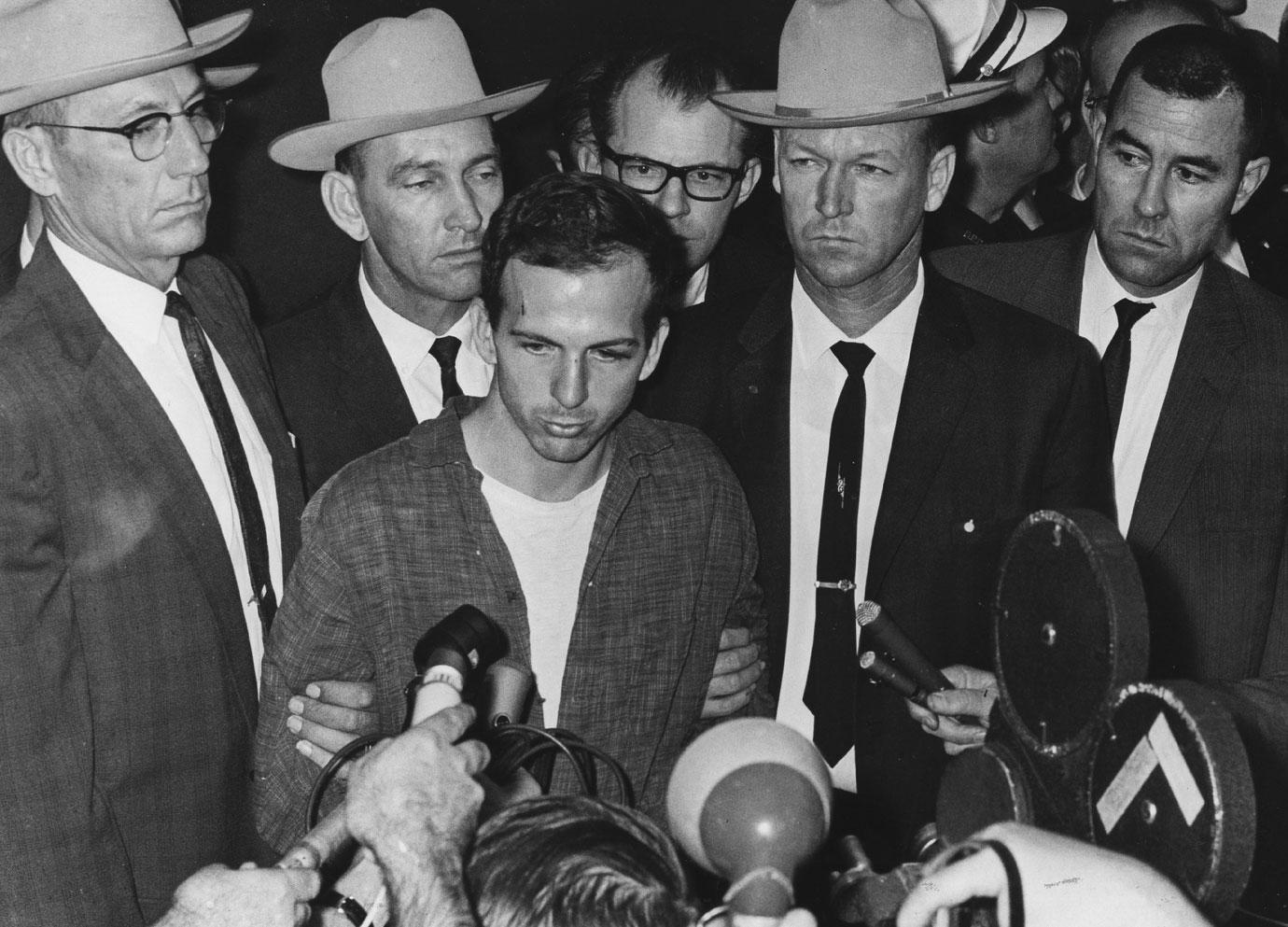
Lee Harvey Oswald
Links between Ferrie and Oswald during their time at the Civil Air Patrol were raised as early as the immediate aftermath of JFK's assassination, and the discussion continues to this day.
During the week initially following the killing, Ferrie came under immense scrutiny and was being looked at by the Secret Service, FBI and New Orleans District Attorney's Office. These investigations uncovered extensive links to Cuban exile groups and alleged ties to the CIA.
“The Man on the Grassy Knoll” alleges Ferrie and Charles Rogers were the two men who have been suggested to have shot President Kennedy from the famed grassy knoll.
Alongside Chauncey Holt and Charles Harrelson, father of the actor Woody Harrelson, Rogers was also one of the "three tramps" arrested at Dealey Plaza immediately after the assassination. Holt himself long claimed to have been one of those three men, telling Newsweek in December 1991 that he had been a CIA agent in Dallas and worked on forging documents, having met Oswald and Ferrie in New Orleans.
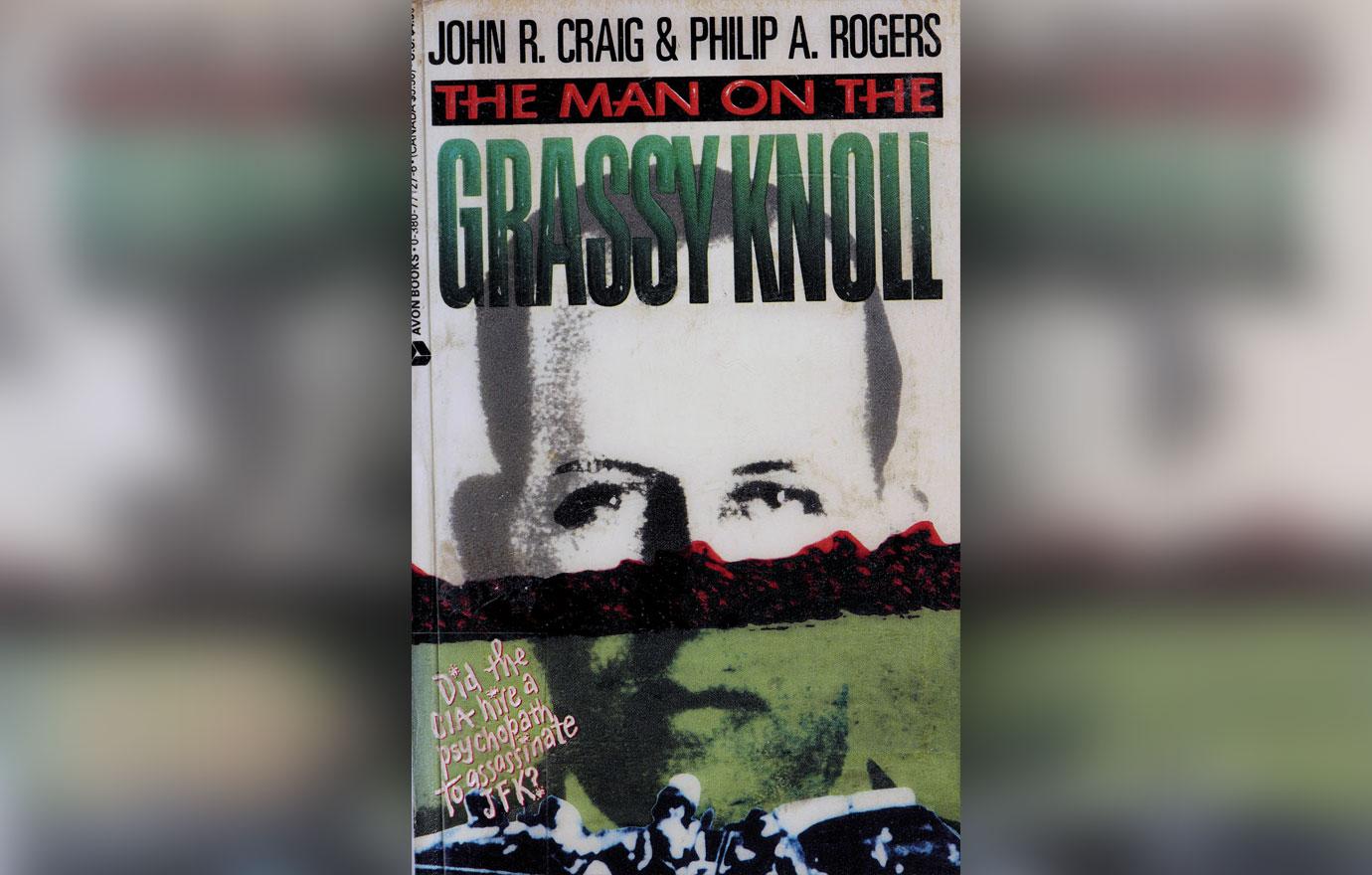
"The Man On The Grassy Knoll"
Two months earlier, he had told Craig and Rogers the gunmen were Harrelson, Rogers, and Charlie Nicoletti, naming Peter Licavoli as the man behind the plot. Licavoli was one of the leading figures in the Detroit Mafia and infamous in organized crime circles, having possibly been involved in the St. Valentine's Day Massacre and provided strike-breakers to Henry Ford in the 1930s. He was one of Detroit's five dons who ran the city's criminal underworld.
For his part, Harrelson was undoubtedly a hitman, being convicted of two murders, including one of a district judge. He was connected to organized crime in Texas, and during his arrest in 1980, he claimed to have assassinated President Kennedy. The claims regularly resurface in the media through his son, Woody.
However, it should be noted that Harrelson was high on cocaine at the time and later stated his claims were due to being under the influence.
It isn't the only hole in the theory, with the fact that the "three tramps" have long been identified. Although rejected by many conspiracy theorists, in 1992, the journalist Mary La Fontaine unearthed the original 1963 arrest warrants that named the tramps as Gus W. Abrams, Harold Doyle, and John F. Gedney.
They were precisely what they'd claimed, three homeless drifters, passing through the area.
ON THE LAM
Equally, little of the theory surrounding Charles Rogers killing his parents to silence them rings true. For example, why was such an elite CIA operative living as a recluse in his parent's attic? Why engage in such a bloody killing? Why store the bodies in a fridge?
While on the surface, it may seem suspicious Charles Rogers vanished during the day and abruptly left his job, there is a tendency amongst some to simply blame the CIA or KGB for any unsolved mystery of the Cold War years.

Detectives at the home of Fred and Edwina Rogers
Charles may have once been attractive to Langley, he seemed to have fallen far from those days of his life.
While the theory that the murders of Fred and Edwina Rogers were linked to the Kennedy assassination may generate talking points, it fails to hold water, and indeed most serious investigators into the JFK killing consider “The Man on the Grassy Knoll” to be near fiction. However, there is little doubt that Charles Rogers was responsible for his parents' death, with the murder weapons both found inside the house and the suspect in the wind.
Yet, why he carried out the killings and what became of him remain a mystery.
The most likely prevailing theory is that Charles Rogers was severely mentally ill and bore huge resentment against both of his parents.
Equally, both Fred and Edwina had scammed their own son out of money, with two lots he owned being sold on one of his many trips out of the country, his father forging his signature. On other occasions, they would take out loans in Charles' name. While to their neighbors, they may have seemed a lovely old couple, the truth was that they were very underhanded con artists.
Yet, for a man that had seemingly forsaken human interaction for eight years and suffered a substantial mental break, he was still capable of making one of the most effective getaways ever seen.
Police carried out extensive searches in the immediate aftermath of the killings, putting out an all-points bulletin for Charles Rogers and, knowing he was a pilot, checking the nearby airfields to see if he had made his escape that way.
There were reports a few days after the murders that a man who matched Charles Rogers' description was overheard asking about a job overseas, and rumors that he managed to make it to Mexico, working his way back into the mining industry, persist.
Despite a comprehensive search over many years, everything reached a dead end, and no trace of the suspected killer was ever found.
While it's certainly possible that he committed suicide and his body wasn't found, most believe that he fled to Mexico or Latin America, utilizing the network of influential friends he had accumulated over many years. With his supreme talent in the field of gas, gold and other precious material, he was a man that many would have seen worth protecting. John R. Craig and Philip A. Rogers believed he was in Guatemala.
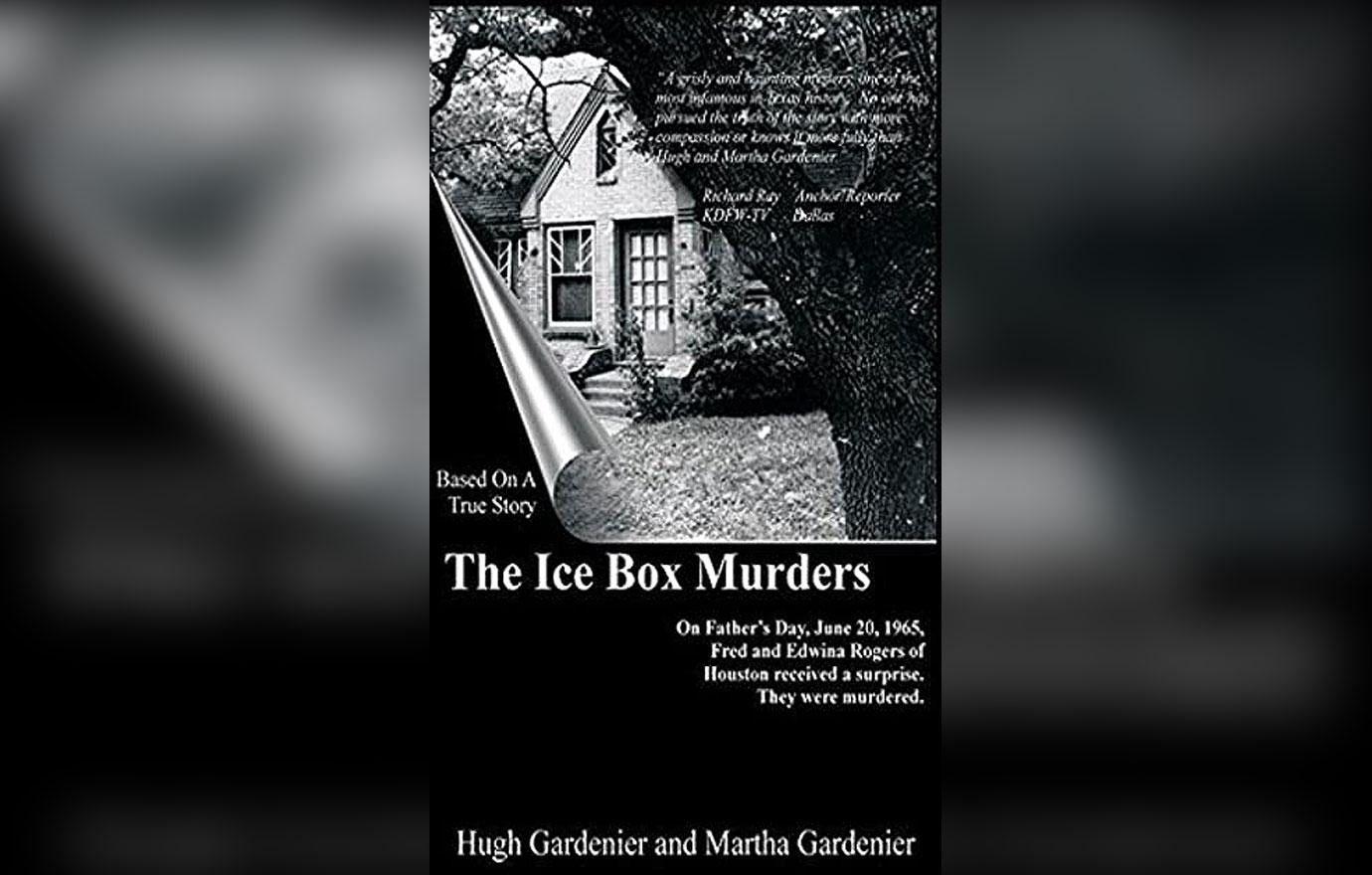
"The Ice Box Murders"
The case attracted significant interest over the years since, and two of the most devoted amateur detectives were married Houston couple Hugh and Martha Gardenier. Hugh was a forensic accountant, and their research into the case led to the publication of their book, “The Ice Box Murders,” in 2003.
While the book is fact-based fiction, the couple claims their research backs up their narrative of events, agreeing that Charles Rogers had worked for the CIA while in his position as a seismologist at Shell. However, this is as far as the conspiracy theory goes, with the couple altogether rejecting the notion that he was in any way involved in the Kennedy Assassination.
Instead, they agree that decades of emotional and physical abuse led to the killing. Panicked, Charles Rogers first fled to Mexico and then eventually ended up in Honduras, where he was murdered in a union dispute at the gold mine where he worked. While the book was certainly well researched, parts make leaps based on mere supposition, and there remains no hard evidence that Charles Rogers ever made it out of the country, let alone to Honduras.
With 55 years gone since the icebox killings, it seems unlikely that there will ever be a definitive resolution in the case.
While Charles Rogers likely at one time worked for the CIA, claims that he was involved in Kennedy's assassination seem outlandish. In either case, the files are likely to remain classified for a long time to come. What happened to Charles after the slaughter remains a mystery, and if he survived, he made an almost perfect escape, with the trail having already run cold by the time police found the bodies.
With the suspect already in his 40s at the time of the murders, he is by now almost certainly dead, having continued to live the same anonymous life that he had ever since 1957.
Become a Front Page Detective
Sign up to receive breaking
Front Page Detectives
news and exclusive investigations.
